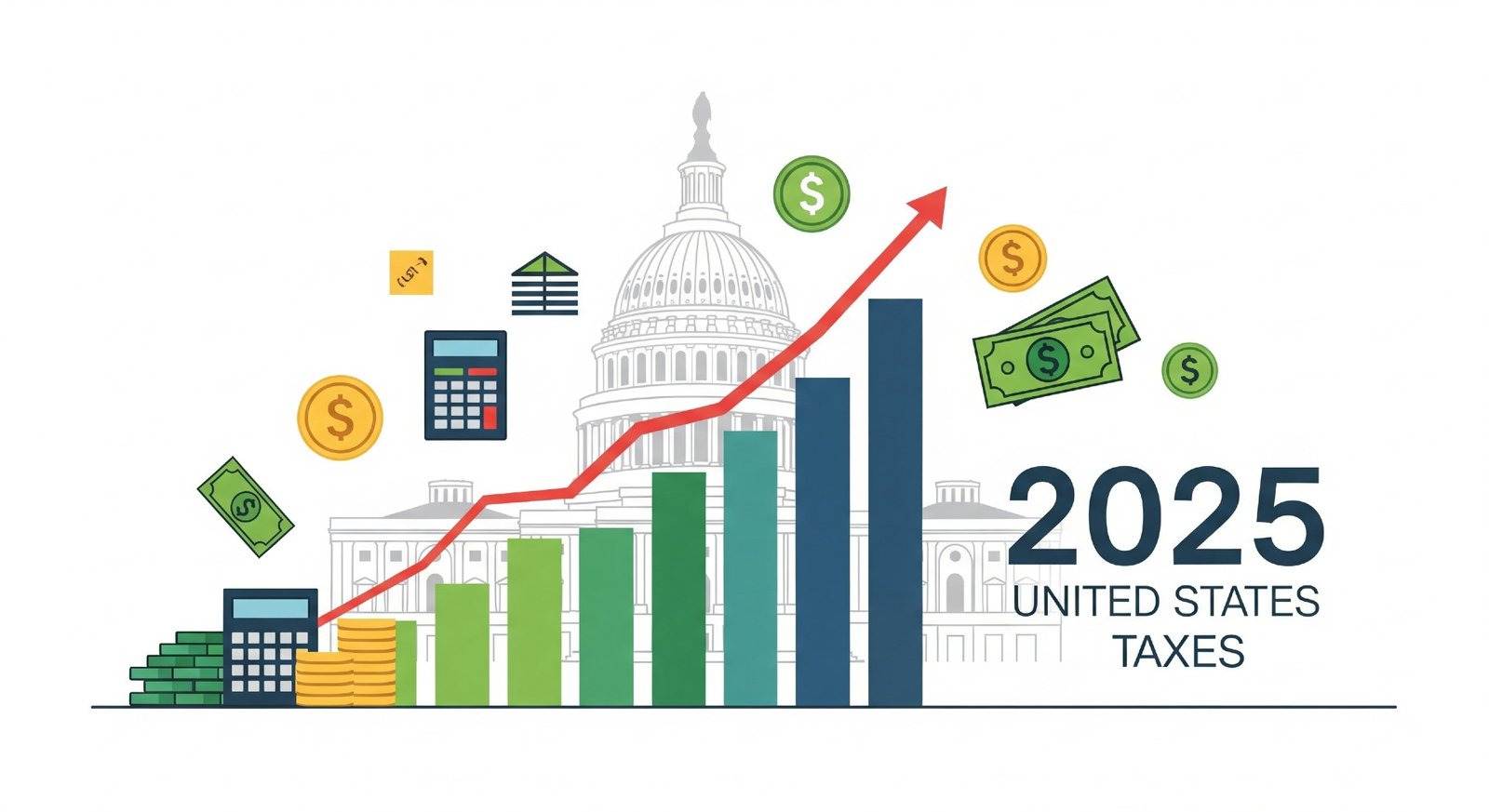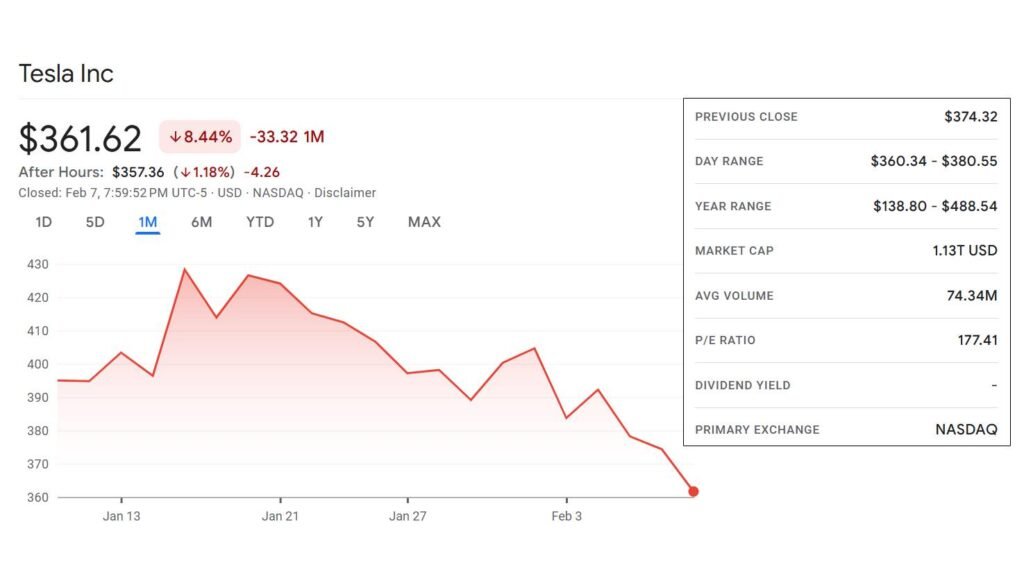|
Getting your Trinity Audio player ready...
|
Running a business often boils down to two fundamental goals: making money and, well, keeping as much of it as possible. Navigating the world of finance, taxes, and profitability can feel like trying to solve a complex puzzle with constantly changing rules. Have you ever looked at your year-end numbers and wondered where all the profit went, especially after taxes?
We are going to analyze the legal and strategic moves you can make to build a more efficient and profitable business. We’ll explore how your company’s structure impacts your bottom line, uncover smart tax strategies that go beyond the obvious, and look at the levers you can pull to boost your profits. We even have details on new tax provisions taking effect in 2025.
We invite you to read this analysis to the end to get our full perspective and discover insights available only here on Thinquer.
First, Build the Right Foundation
Before you even think about deductions or pricing, your company’s legal structure is already steering your financial future. This is the single most important decision you make from day one, and it has massive implications for both your tax bill and your personal liability.

Choosing Your Financial “Vehicle”
Think of your business structure as your financial vehicle. A sole proprietorship is like a bicycle—simple, easy to set up, but all the effort is on you, and you’re completely exposed. All profits and losses pass directly to your personal tax return.
Limited Liability Companies (LLCs) and S-Corporations are more like sedans. They are “pass-through” entities, meaning the profits still pass through to the owners, but they provide a crucial layer of liability protection. You’re separated from the business. Many pass-through businesses also get to take advantage of the Qualified Business Income (QBI) deduction, a significant tax break.
Qualified Business Income (QBI) deduction allows eligible owners of pass-through businesses—like sole proprietorships, LLCs, S-corporations, and partnerships—to deduct up to 20% of their business’s net income from their personal income tax return.
So, if your qualified business had $100,000 in profit, you might get to deduct $20,000 from your taxable income, just like that.
A C-Corporation is the heavy truck. It’s a completely separate legal and tax entity. This creates a “double taxation” scenario—the corporation pays taxes on its profits, and then you pay taxes again on the dividends you receive. So, why use it? It offers other advantages, like the ability to attract serious investors and potentially huge tax exclusions on the sale of Qualified Small Business Stock (QSBS). This is a powerful U.S. tax incentive (Section 1202) that allows non-corporate investors and founders to potentially exclude up to 100% of the capital gains from federal tax when selling C-corporation stock held for at least five years, up to a large cap.
This choice isn’t just paperwork. It dictates how you’re taxed, how you pay yourself, and what happens if things go wrong. What structure did you choose when you started, and does it still make sense for you today?
Navigating Taxation as a Freelancer or Independent Contractor
The moment you start earning income without a traditional employer withholding taxes, you enter the world of self-employment taxation. This is generally the default structure for freelancers, gig workers, and independent contractors, meaning you are typically treated as a sole proprietorship.
This arrangement comes with two big responsibilities. The first is managing your Estimated Quarterly Taxes. Since no employer is taking out income tax and Social Security/Medicare for you, the IRS requires you to calculate and pay those taxes yourself four times a year. If you don’t pay enough throughout the year, you could face penalties. It’s like pre-paying your tax bill to the government so they don’t get a shock (and neither do you) come April.
The second, and perhaps biggest, change is the Self-Employment Tax. Have you ever thought about why Social Security and Medicare taxes are withheld from a W-2 paycheck? The employee pays half, and the employer pays the other half. When you are self-employed, you are both the employee and the employer, so you must pay both halves—a combined rate of 15.3% on your net business earnings.
However, there is a silver lining. You can take a major deduction for this: You are allowed to deduct half of your Self-Employment Tax from your income before calculating your final tax bill. Plus, the QBI deduction (up to 20% of net income) is a significant break specifically designed for people in this structure. Knowing these specific rules is the best way to turn the burden of self-employment tax into a strategic financial advantage.
Smart Tax Planning Isn’t Cheating—It’s Strategy
Let’s be perfectly clear: We are talking about tax minimization, not tax evasion. Evasion is illegal; minimization is smart. It means using the tax code, as written by lawmakers, to your full advantage. The rules are there for a reason, often to encourage businesses to behave in certain ways, like investing in new equipment or offering benefits to employees.

The Power of Deductions: Your Business Expenses at Work
Most owners know to deduct rent, payroll, and office supplies. But the real savings are often in the less-obvious categories.
Offering a retirement plan for your employees, like a 401(k), is a fantastic example. The contributions your business makes are typically tax-deductible. This move reduces your taxable income, attracts better employees, and helps your team build wealth. The same goes for health insurance premiums and dependent care assistance; these are powerful deductions that double as competitive advantages.
Generally speaking, for a traditional 401(k), the employee (the beneficiary) does not pay taxes on that money right now. The contributions and any investment growth are “tax-deferred.”
Think of it like this: The money goes into the retirement pot, grows over the years without taxes taking a bite, and the employee only pays income taxes on it when they withdraw it during retirement. This is a huge advantage, as they are often in a lower tax bracket in retirement than during their peak earning years.
So, the obligation to pay taxes isn’t gone—it’s just postponed, which gives the money decades to grow more effectively.
Don’t forget the fees you pay for expert advice. The money spent on your accountant and lawyer? That’s a deductible business expense.
Accelerating Your Assets
This reminds me of a client who needed a new server. They were planning to “depreciate” it, deducting a portion of its cost over five years. But we looked at Section 179 of the tax code. This provision often allows a business to deduct the full purchase price of qualifying equipment in the year it was purchased.
Instead of a small deduction for five years, they got one large deduction right now. This significantly lowered their taxable income for the year. It’s a powerful tool for managing your tax bill, especially when you need to invest in new gear.
Key Deductions for Self-Employed Individuals
If you are a freelancer or independent contractor, you have access to some very specific, high-impact deductions that dramatically reduce your tax liability. These are the expenses that truly lower your net income before that 15.3% Self-Employment Tax and income tax even kick in.
- Home Office Deduction: If you use a part of your home exclusively and regularly for your business, you can deduct the related costs. You have two options: the Simplified Method ($5 per square foot, up to $1,500) which is easy, or the Actual Expense Method, where you track and deduct a portion of your rent, utilities, insurance, and mortgage interest based on the business-use percentage of your home. Choosing the right method matters!
- Self-Employed Health Insurance Deduction: This is a fantastic “above-the-line” deduction. If you are self-employed and are not eligible for a subsidized health plan through an employer (even your spouse’s), you can often deduct 100% of your premiums for medical, dental, and qualified long-term care insurance.
- Freelancer Retirement Contributions: This is arguably the best deduction. You can make massive contributions to tax-advantaged retirement accounts specifically designed for the self-employed, like a SEP IRA or a Solo 401(k). These contributions are deducted from your current income. For example, a Solo 401(k) lets you contribute both as an employee and as an employer, allowing you to shelter significant earned income from taxation in 2025.
- Vehicle Expenses and Mileage: If you use your car for business travel (not commuting), you can choose between tracking the actual expenses (gas, repairs, insurance) or using the standard mileage rate set by the IRS. Remember to keep a detailed mileage log, because the IRS will ask for it.
A Look at the New 2025 Tax Rules
Tax laws are never static. For instance, the “One, Big, Beautiful Bill Act” has introduced new provisions that take effect in 2025. These include new potential deductions for qualified employee overtime pay and for tips, which could change the financial math for businesses in service and hospitality industries. It’s a perfect example of why you can’t just “set and forget” your tax strategy.

Timing Is Everything
One of the most practical strategies is managing when income and expenses are officially recorded. If you are having a high-profit year and want to lower your tax bill, you could accelerate expenses. This might mean stocking up on office supplies in December instead of January or paying for a 2026 trade show registration early.
Conversely, if you expect to be in a higher tax bracket next year, you might want to accelerate income. It’s like deciding which year you’d rather pay the bill.
Shifting Gears from Saving Money to Making More
Minimizing your tax bill is defense. Now, let’s talk about offense: maximizing your profitability. These are the levers you pull to grow the top line and improve your bottom-line efficiency.

Are All Your Customers Created Equal?
Have you ever heard of the Pareto Principle, or the 80/20 rule? In business, it often means that 80% of your revenue comes from 20% of your customers.
It’s an eye-opening exercise. What would you do if you knew exactly who your most profitable customers were? You could focus your best service on them, creating loyalty that is hard to break. This is often far more profitable than constantly spending money to acquire new, unknown customers.
Cutting Costs Without Cutting Corners
When people hear “cut costs,” they think of buying cheaper coffee for the breakroom. But the real gains come from efficiency, not just thrift.
When was the last time you renegotiated your supplier contracts? Or audited your software subscriptions? It’s amazing how many “phantom” costs linger on the books.
Another strategy is to analyze your products or services. We all have a service we love but that takes way too much time for what we charge. Is it really profitable? Or is it an “emotional” product that’s actually draining resources? Sometimes, the best way to make more money is to stop doing unprofitable things.
A Note on the Global Stage
Once your business starts operating across borders, the game gets more complex. You’ll need to navigate tax treaties, which are agreements between countries to prevent you from being taxed twice on the same income. You’ll also learn about “transfer pricing”—the rules for how you price goods or services sold between your own company’s divisions in different countries. This is high-level strategy, and it’s a sure sign you need specialized international tax advice.
The Tax Game is a Year-Round Job
Financial health isn’t something you handle for two weeks in April. It’s a continuous, year-round process.
It starts with the foundation of your business structure. It’s built by meticulously tracking every expense and strategically using the deductions available to you. It’s strengthened by analyzing what really makes you money and having the courage to focus on that. A truly efficient business isn’t just profitable; it’s resilient, smart, and prepared.
What’s the single best financial decision you’ve made for your business? Or what’s your biggest tax headache? We’d love to hear your story. Let us know in the comments below.










Thanks for putting in the effort to write this.